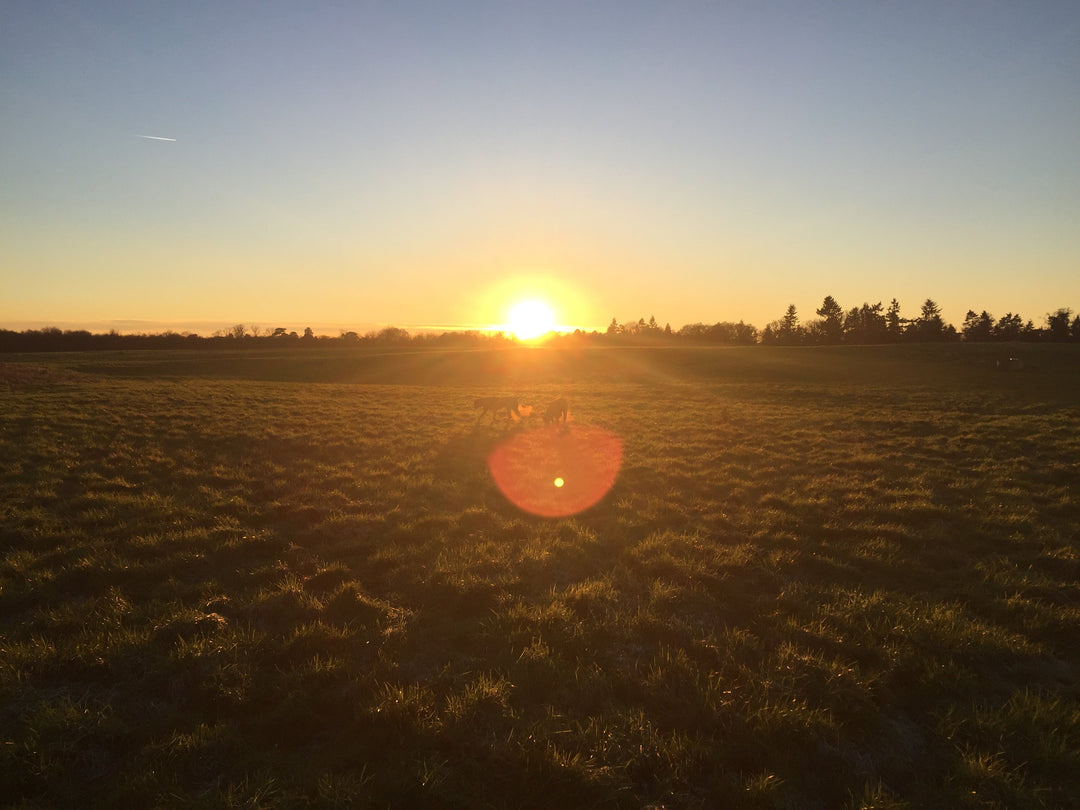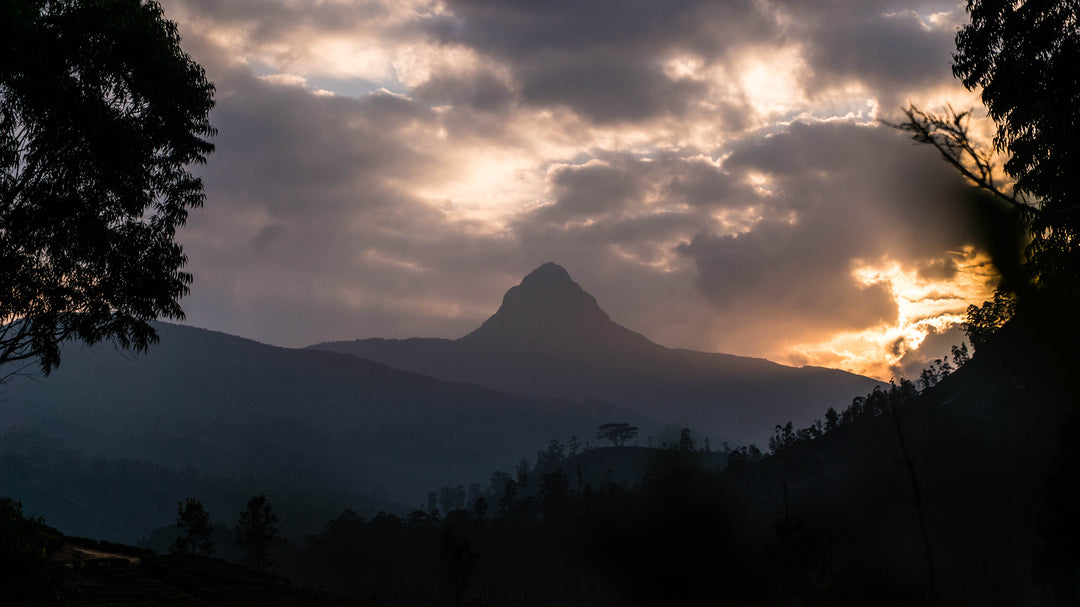Black Tea Production Series: Part 4 – Drying to Preserve Aroma and Flavour
This is part four of our six emails that describe how tea is picked, processed, and enjoyed.
Last time I explained oxidisation. This time I will discuss DRYING which brings the oxidation process to a halt.
Drying, not that surprisingly, extracts the moisture from the leaf. This is done by passing heated air through the leaves. This transforms the leaf to a black colour and far closer to what we think a tea.
There are many different types of dryers. One of the most commonly found, especially in the low country, is an Endless Chain Pressure dryer (ECP). Perforated trays are found within the machine and the oxidised tea is filled into the trays and moved through the drying chamber.
It is vital to have an even spread of leaf within the tray, and an even flow of hot air held at a constant temperature, usually 240 degrees Fahrenheit. What emerges is black looking tea with a moisture content of around 2%. All of the hard work done through the earlier parts of the tea making process can go to waste if one of the above factors is not monitored closely
 Feeding the dryer on Moray Estate
Feeding the dryer on Moray Estate
As a tea taster, if I were to say that the tea is "bakey" i.e. it’s had too much moisture taken out, then that would be an undesirable characteristic. This happens when the temperature is too high, or the airflow is too uneven, or both. So this needs to be avoided at all cost.
In years gone by, PMD lorries brought firewood to the estates, as this was the most common fuel used by the driers. The firewood would be cut to a uniform length of 1ft and 6inch in diameter. Over the years, estates have moved away from wood to using coconut or rice husk briquettes which are far more sustainable and deliver the consistent burn and avoid the unnecessary wastage.
 PMD Lorries on Brunswick Estate unloading fire wood for the Dryer
PMD Lorries on Brunswick Estate unloading fire wood for the Dryer
After tea has finished drying, a sample or what is called the "days make" which might consist of close to 25 different grades of tea, is sent to the estate’s tasting room where the Superintendent and the tea makers apply their tasting craft and art. Any process improvements will be discussed here, and any necessary changes agreed.
After drying the tea is sifted but that story will follow next time.
 A 100 year old tea dryer still in Operation. Click HERE to read about it
A 100 year old tea dryer still in Operation. Click HERE to read about it




